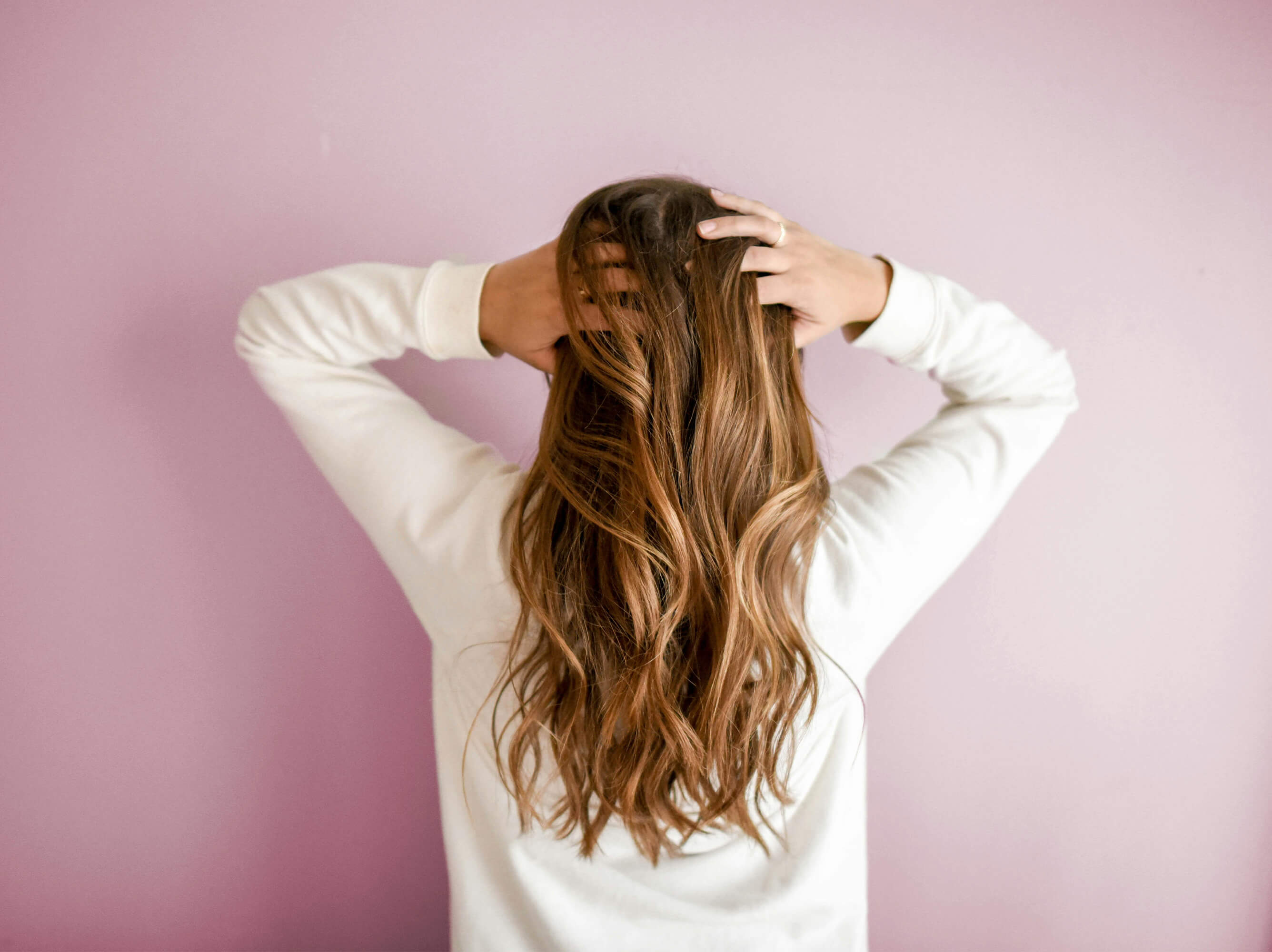Silk Care: The Best Ways to Wash, Dry, and Care for a Silk Pillowcase
Tuesday, January 09, 2024


Introduction
Welcome to our guide on the best ways to wash, dry, and care for a silk pillowcase! Silk pillowcases have become increasingly popular in recent years due to their incredible benefits for both our hair and skin. Known for their smooth, luxurious texture, silk pillowcases help to minimize friction, prevent tangles, and reduce the appearance of fine lines and wrinkles. With all these advantages, it's no wonder that many people are making the switch to silk pillowcases and never looking back.
However, silk pillowcases are not just about beauty and comfort, they also require proper care and maintenance to ensure they maintain their quality and longevity. Properly washing, drying, and caring for your silk pillowcase will not only keep it looking elegant and feeling soft but also preserve its benefits for your hair and skin.
This article aims to be your helpful guide on everything you need to know about the best ways to care for your silk pillowcase. From identifying the type of silk to understanding how to wash silk pillowcases using various methods, we'll cover all the essential steps in the process. So, let's get started on preserving the beauty and benefits that your silk pillowcase has to offer!

How to Wash Silk Pillowcases
Washing silk pillowcases requires a gentle approach and attention to detail. Ensuring that you understand the type of silk you have and the best washing methods will keep your pillowcase in excellent condition for years to come.
Identifying the Type of Your Silk
Before you start washing your silk pillowcase, it's important to know the type of silk you have. There are several types of silk – among the most common ones, you'll find Mulberry, Charmeuse, and Habotai silk.
Mulberry Silk: Known for its high quality, smooth texture, and shimmering appearance. It's often used in silk pillowcases due to its durability and strength.
Charmeuse Silk: Recognized for its glossy finish on one side and matte on the other, Charmeuse silk is also used in making silk pillowcases.
Habotai Silk: A lighter-weight silk that might require extra care due to its delicate nature, but still quite popular for pillowcases.
To make sure you give your silk pillowcase the best possible care, check the care label, or consult the manufacturer's recommendations for cleaning instructions.
Discussion About Different Methods of Washing
There are two main methods for washing silk pillowcases: hand washing and machine washing. Both methods can be suitable, depending on the type of silk pillowcase you have and your personal preference.
Hand Washing Method
Gentle and straightforward, hand washing is often the preferred method for cleaning your silk pillowcase.
- Fill a clean sink or basin with lukewarm water.
- Add a small amount of mild, silk-approved detergent to the water and stir it to create suds.
- Gently submerge your silk pillowcase in the water and lightly agitate to ensure it becomes fully saturated.
- Let it soak for about 3 to 5 minutes, and then gently rub the fabric together in a swishing motion to remove any dirt or debris. Be cautious not to wring or twist, as this could damage the fabric.
- Drain the soapy water and refill the sink with cool, clean water. Gently swish the pillowcase in the fresh water to remove the detergent.
- To remove excess water, gently press the pillowcase between your palms or carefully fold it in a clean, dry towel and press. Avoid wringing or twisting the silk fabric.
Machine Washing Method
If you prefer using a washing machine, be sure to follow these steps to protect your silk pillowcase.
- Place your silk pillowcase inside a mesh laundry bag to prevent snags or damage during the wash.
- Choose the delicate or gentle cycle on your washing machine and use cool water.
- Add a small amount of silk-approved detergent, ideally one designed for delicate fabrics.
- Once the cycle is complete, carefully remove the pillowcase from the laundry bag and the washing machine.
Information on Suitable Laundry Detergents
When it comes to choosing a suitable detergent for your silk pillowcase, opt for a mild, sulfate-free detergent specifically designed for delicate fabrics or silk. Avoid using bleach or fabric softeners, as these can damage the silk fibers. A gentle detergent will help preserve the quality and feel of your silk pillowcase for a long-lasting, luxurious experience.

How to Dry Silk Pillowcases: The Gentle Way
The Reasons to Say 'No' to a Dryer
Just like superheroes have their kryptonite, for silk, it's heat. High temperatures can harm its delicate fibers, resulting in shrinkage and a loss of that much-loved silk gloss. The intense tumbling action in dryers is another no-no; it can lead to unnecessary stress and even tearing of silk.
So even if your dryer promises a 'gentle' cycle, it's best to resist the temptation and let your silk delight in a more natural drying process.
Air-drying Your Silk Pillowcases: Your A-B-Silk Guide
Not sure how to air-dry silk? No worries - here's how you can dry your silk pillowcases like a pro:
Avoid direct sunlight: Too much sunlight can cause the color to fade and fabric to deteriorate. Consider a shaded area outside or an indoor drying rack instead.
Handling wet silk: Wet silk can be heavy and stretchy, so handle it with tender-loving-care. Instead of hanging it by one end, fold it over the drying rack.
Time to dry: Silk may take longer to air-dry than other materials, so allow for ample drying time. Don't succumb to using heat to speed up this process.
Steam: Yes or No?
A silk pillowcase might wrinkle after washing, but fear not. A careful touch-up can get it back looking its classy, smooth self. But hold on to your hats, because it doesn't involve a typical pressing iron.
Steaming is the best answer to silk wrinkles. A handheld steamer can do the trick smoothly, removing wrinkles without putting direct heat on silk. If you don't own a steamer, and ironing is your only resort, take heed of these precautions:
Use Lowest Heat Setting: Your iron should be set to the ‘silk’ setting or the lowest heat level.
Iron Inside-Out: To keep the outward appearance of your silk pillowcase pristine, turn it inside-out before ironing.
Use a Pressing Cloth: Place a thin cotton cloth between your silk pillowcase and the iron for an extra layer of protection.

How to Properly Care for Silk Pillowcases
Maintaining that Luxurious Softness
Silk’s natural softness and gloss are parts of its irresistible charm. To keep these features blooming, keep in mind these simple tips:
- Avoid harsh detergents: Keep away from bleach and other tough cleaners. Opt for delicate detergents instead.
- No wringing: Wringing the silk can damage the fabric. Gently squeeze out excess water instead.
- Dry naturally: Silk loves fresh air and natural warmth. Let it dry out in indirect sunlight.
The Ideal Silk Pillowcase Storage Guidelines
When you're not using your silk pillowcase, remember this:
- The silk needs room to breathe, so avoid plastic containers. Instead, use fabric pouches or cotton breathers that keep humidity out while allowing airflow.
- Keep your silk pillowcase out of direct sunlight to prevent the color from fading when stored.
Cleansing Frequency in Check
While cleanliness is important, overwashing might affect the silk's quality:
Washing your silk pillowcase once a week should be enough. But if you use heavy hair products or sweat a lot at night, upping the frequency to twice a week would be better.
Basking in Beauty: Silk Pillowcases and Your Beauty Routine
A silk pillowcase isn't just a fancy accessory for your bed. It's a part of your beauty regime! Its smooth texture can prevent hair breakage and reduce wrinkles, promoting overall healthier skin and hair. Isn’t that a beauty bonus we could all use?
Spot On: Removing Stains from Silk Pillowcases
Don't fret over stains. Here's how to reclaim your pillowcase's pristine look:
- Act fast: The best time to treat a stain is as soon as you spot it.
- Gentle washing: Wet the area, apply a delicate laundry soap, and gently rub the stained area.
- Rinse thoroughly: Rinse the soap off with cold water.
- Blot dry: Use a towel to gently blot the area. Remember, don't wring!








